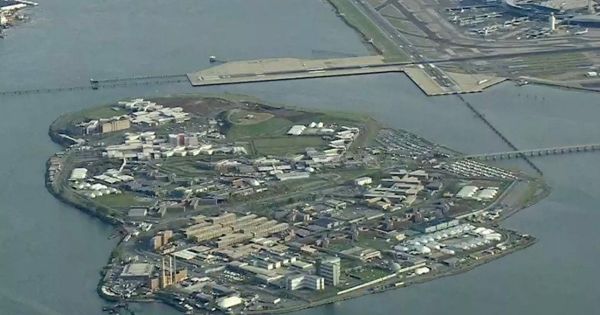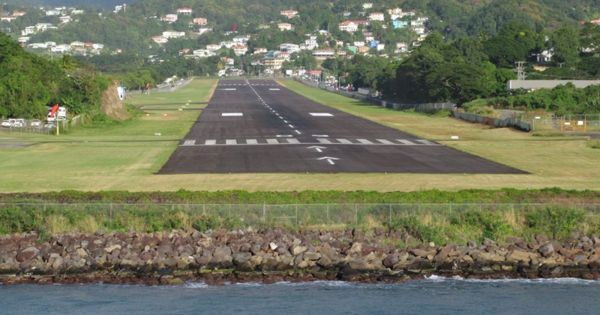Scientists have discovered that 269 airports are currently at risk of coastal flooding. A 2°C increase in temperature, consistent with the Paris Agreement, would result in 100 airports being below mean sea level and 364 airports being at risk of flooding. If the global mean temperature rise exceeds this, as many as 572 airports will be at risk by 2100, causing major disruptions if appropriate adaptation is not implemented. According to a new study, even a minor rise in sea level caused by rising global temperatures would place 100 airports below mean sea level by 2100.
Professor Richard Dawson and Aaron Yesudian of Newcastle University’s School of Engineering published their findings in the journal Climate Risk Management, analyzing the location of more than 14,000 airports around the world and their exposure to storm surges for current and future sea level. The researchers also investigated airport connectivity and aircraft traffic prior to COVID-19, as well as their current level of flood protection.
Climate change puts hundreds of coastal airports at risk of flooding. Scientists from Newcastle University modeled the risk of disruption to flight routes as a result of increasing flood risk from sea-level rise.
According to the study, a 2 degree Celsius increase in temperature, which is consistent with the Paris Agreement, will eventually cause hundreds of coastal airports to sink below mean sea level and hundreds more to be at risk of severe flooding.
They discovered that 269 airports are currently at risk of coastal flooding. A 2°C temperature rise, in accordance with the Paris Agreement, would result in 100 airports being below mean sea level and 364 airports being at risk of flooding. If the global mean temperature rise exceeds this, as many as 572 airports will be at risk by 2100, causing major disruptions if appropriate adaptation is not implemented.
The team created a global ranking of airports at risk from the sea-level rise that takes into account both the likelihood of flooding from extreme sea levels, the level of flood protection, and the effects on flight disruption. Airports in Europe, North America, and Oceania are at risk, with airports in East and Southeast Asia and the Pacific dominating the top 20 list of the most dangerous.

Coastal flooding already poses a threat to major airports. Sea level rise caused by a 2 °C increase in global mean temperature would place 100 airports below mean sea level, while 1238 airports are in the Low Elevation, Coastal Zone. A global analysis evaluated the risk to airports in terms of expected annual route disruption. The method incorporates globally available data on airport location, flight routes, extreme water levels, flood protection standards, and sea-level rise scenarios.
Bangkok’s Suvarnabhumi Airport (BKK) and Shanghai’s Pudong Airport (PVG) topped the list, while London City is the UK airport with the highest risk.
According to Professor Dawson: “These coastal airports are disproportionately important to the global airline network, with between 10% and 20% of all routes at risk of disruption by 2100. As a result, sea-level rise poses a serious risk to global passenger and freight movements, resulting in significant damage and disruption.”
Furthermore, some airports, such as those on low-lying islands, play critical roles in supplying economic, social, and medical lifelines. Coastal airport adaptation options include increased flood protection, raising land, and relocation.
According to the research team, coastal airports should improve their flood protection, raise the land on which they are built, or even consider relocation entirely. The team compiled a global list of the most vulnerable airports, with East and Southeast Asia and the Pacific dominating. Suvarnabhumi Airport in Bangkok topped the list. The rest of the list was made up of airports in Europe, North America, and Oceania.
“Some airports, such as those on low-lying islands, play critical roles in providing economic, social, and medical lifelines,” Dawson explained.
Professor Dawson continued, saying: “In the context of global infrastructure spending, the cost of adaptation will be modest. However, in some areas, the rate of sea-level rise, limited economic resources, or lack of space for alternative locations will render some airports unviable.”
















